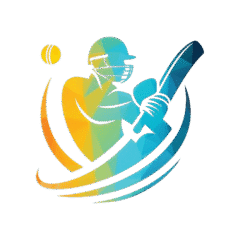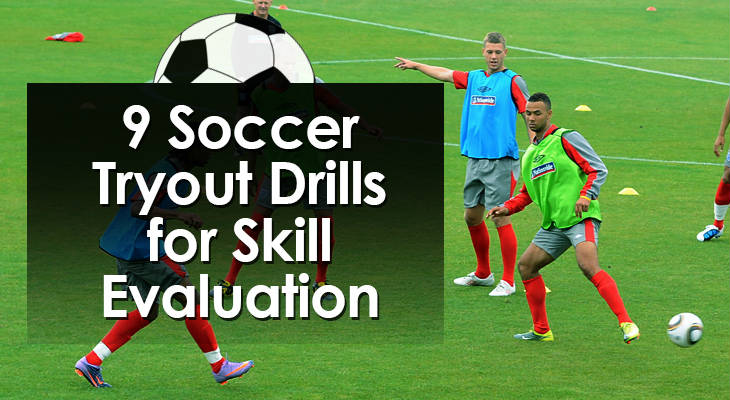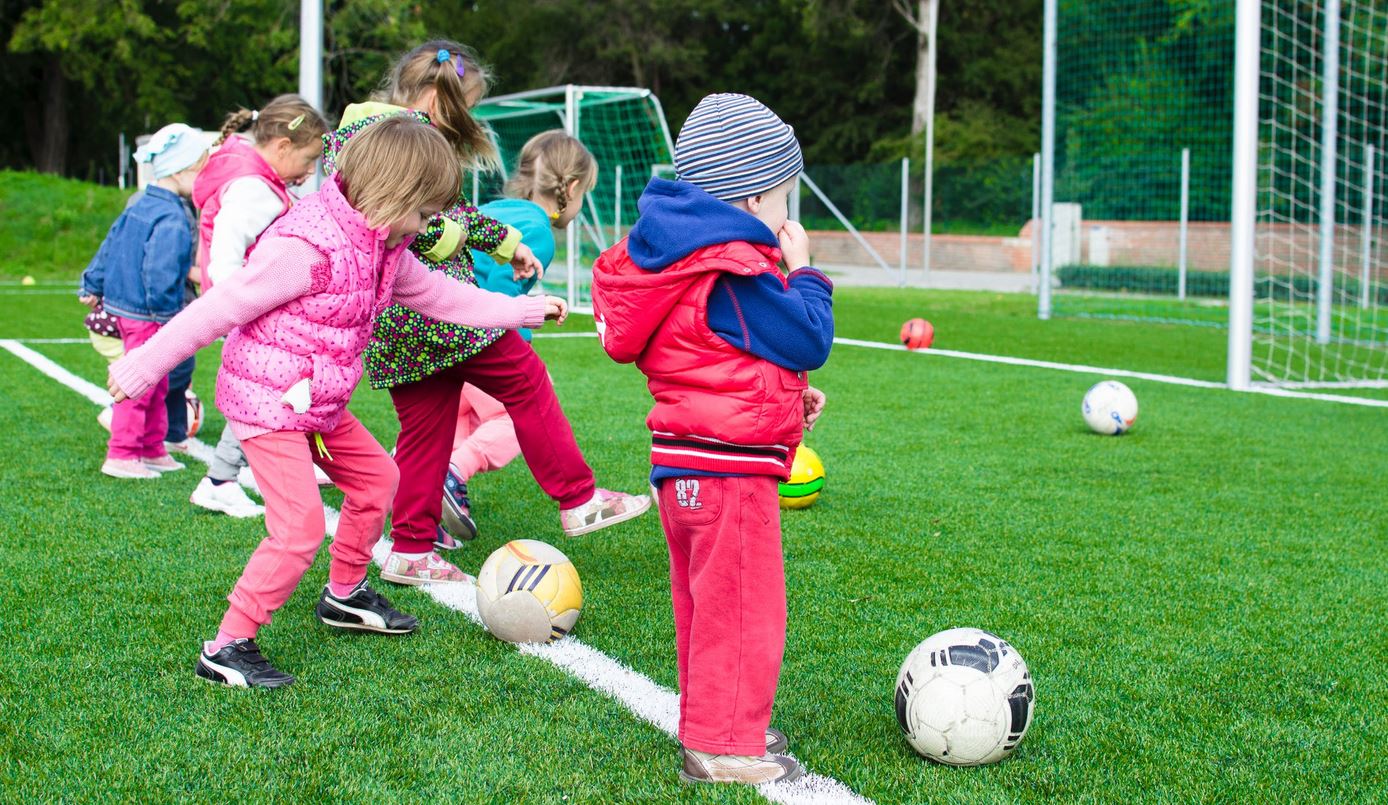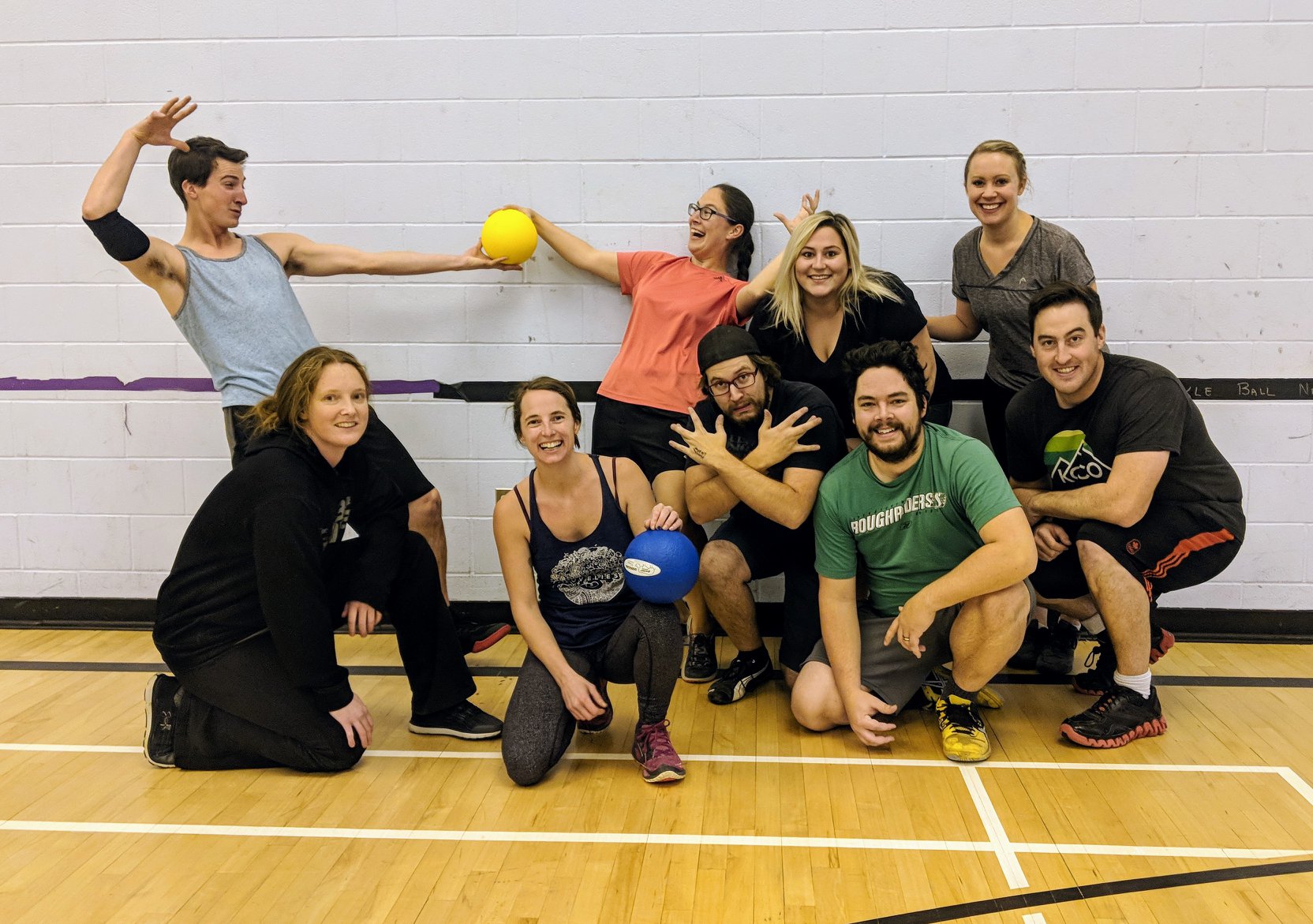U6 Soccer Drills: 7 Fun and Simple Drills to Help Young Players Grow (2024 Update)
Coaching kids under 6 (U6) is a mix of energy, laughter, and organized chaos. At this age, soccer is less about tactics and more about movement, exploration, and—most importantly—fun. Young kids are still learning how their bodies move, how to work with others, and how to focus for more than a few minutes at a time.
So when it comes to training, the goal is to keep things light, engaging, and activity-packed.
This guide covers 7 playful and effective U6 soccer drills that introduce the game’s core skills—like dribbling, passing, and shooting—without overwhelming young players. Each drill feels more like a game than a lesson, which is exactly what kids this age need to enjoy soccer and want to keep playing.
What Should U6 Soccer Drills Focus On?
U6 players are just starting their soccer journey. Most don’t know the rules yet, and that’s okay. The focus should be on introducing basic movement patterns with a ball at their feet and creating a positive environment.

Here’s what matters most at this level:
- Having fun and staying active
- Getting lots of touches on the ball
- Learning to dribble and control the ball
- Following simple instructions
- Developing balance, coordination, and confidence
- Encouraging teamwork and positive social interaction
Forget tactics, formations, or complicated coaching language. U6 practices should be about movement, repetition, and fun.
1. Red Light, Green Light (Soccer Style)
Purpose: Teaches dribbling control and how to start and stop with the ball.
Setup:
- Create a 20-yard lane using cones.
- Each player starts with a ball at one end.
How to Play:
- Coach calls out “Green light!” — players dribble forward.
- “Red light!” — they must stop the ball and freeze.
- Anyone moving on red light goes back to the start.
- First to the other end wins!
Pro Tip: Add “Yellow light” for slow-motion dribbling, or mix in fun lights like “Blue light = hop” to keep things exciting.
Why It Works:
This game helps kids learn control, stopping quickly, and paying attention—all while giggling their way across the field.
2. Freeze Dribble
Purpose: Develops dribbling while listening to cues and reacting quickly.
Setup:
- Set up a 15×15 yard grid.
- Every player starts with a ball inside the area.
How to Play:
- Players dribble freely around the grid.
- When the coach yells “FREEZE!”, they must stop the ball and stand still.
- Coach then gives a silly challenge—like “touch your nose” or “hop on one foot.”
Pro Tip: Change the dribbling style between freezes (left foot only, toe taps, zig-zags).
Why It Works:
It keeps kids engaged and teaches listening skills while building dribbling fundamentals.
3. Animal Dribbling Adventure
Purpose: Encourages creativity and ball control through imagination.
Setup:
- Use a cone-lined path or open area.
- Each player has a ball.
How to Play:
- Coach calls out animals, and kids dribble while acting like them:
- Cheetah: Fast dribbling
- Turtle: Slow, tiny touches
- Elephant: Big stompy dribbles
- Kangaroo: Little toe taps
- Crab: Sideways movement
Pro Tip: Let the kids suggest animals—they love being part of the storytelling.
Why It Works:
It blends movement, control, and laughter while building confidence with the ball.
4. Sharks and Minnows

Purpose: Introduces kids to dribbling under pressure and spatial awareness.
Setup:
- Set up a square grid with cones.
- One or two players are the “sharks” (without balls), and the rest are “minnows” (with balls).
How to Play:
- Minnows dribble inside the grid, trying to avoid sharks.
- Sharks attempt to steal or knock away balls.
- If caught, a minnow becomes a shark.
- Last minnow standing wins.
Pro Tip: Keep rounds short (about 60–90 seconds) to maintain energy.
Why It Works:
Kids improve their ball control and awareness in a fun, tag-like format.
5. Treasure Hunt
Purpose: Focuses on dribbling, control, and direction.
Setup:
- Scatter small cones, colored balls, beanbags (aka “treasure”) around the field.
- Players each have one soccer ball.
How to Play:
- Players must dribble to a treasure, pick it up, and bring it back to a “home base” using their feet.
- Then, they head back out for more treasure.
Pro Tip: Use different objects with varying points. Add a timer or challenge like “collect 3 in 60 seconds.”
Why It Works:
This drill teaches direction, control, and purpose in dribbling, with a strong dose of fun.
6. Clean the Yard
Purpose: Introduces kicking and clearing with purpose.
Setup:
- Split the field in half.
- Scatter balls all over.
- Divide players into two teams on each side.
How to Play:
- On the coach’s signal, players kick balls to the other team’s side.
- After 60 seconds, the team with the fewest balls on their side wins.
Pro Tip: Focus on using the inside of the foot for accuracy rather than power.
Why It Works:
A silly and exciting game that gets kids practicing kicks, coordination, and fast reactions.
7. Mini Matches (3v3 or 4v4)
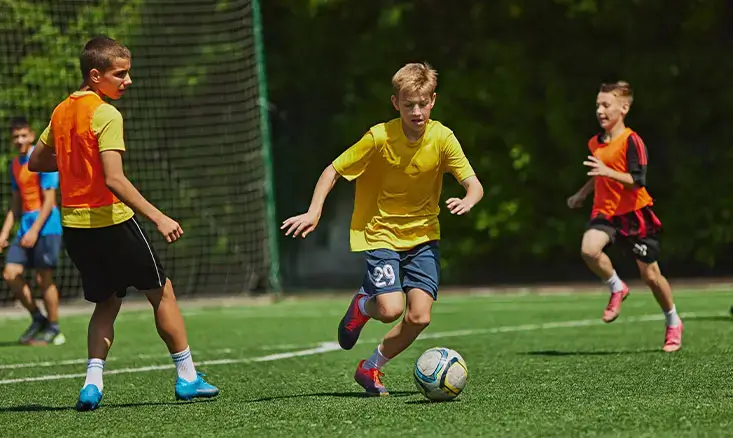
Purpose: Let kids apply skills in a real-game environment.
Setup:
- Use small goals (or cones).
- Divide into small teams.
How to Play:
- Keep games short (5 minutes max).
- Rotate teams or players often.
- No need for goalkeepers—just free-flowing play.
Pro Tip: Don’t over-coach. Let them play and make their own decisions.
Why It Works:
Mini games help kids develop instincts, understand space, and build team spirit.
Pro Coaching Tips for U6 Soccer
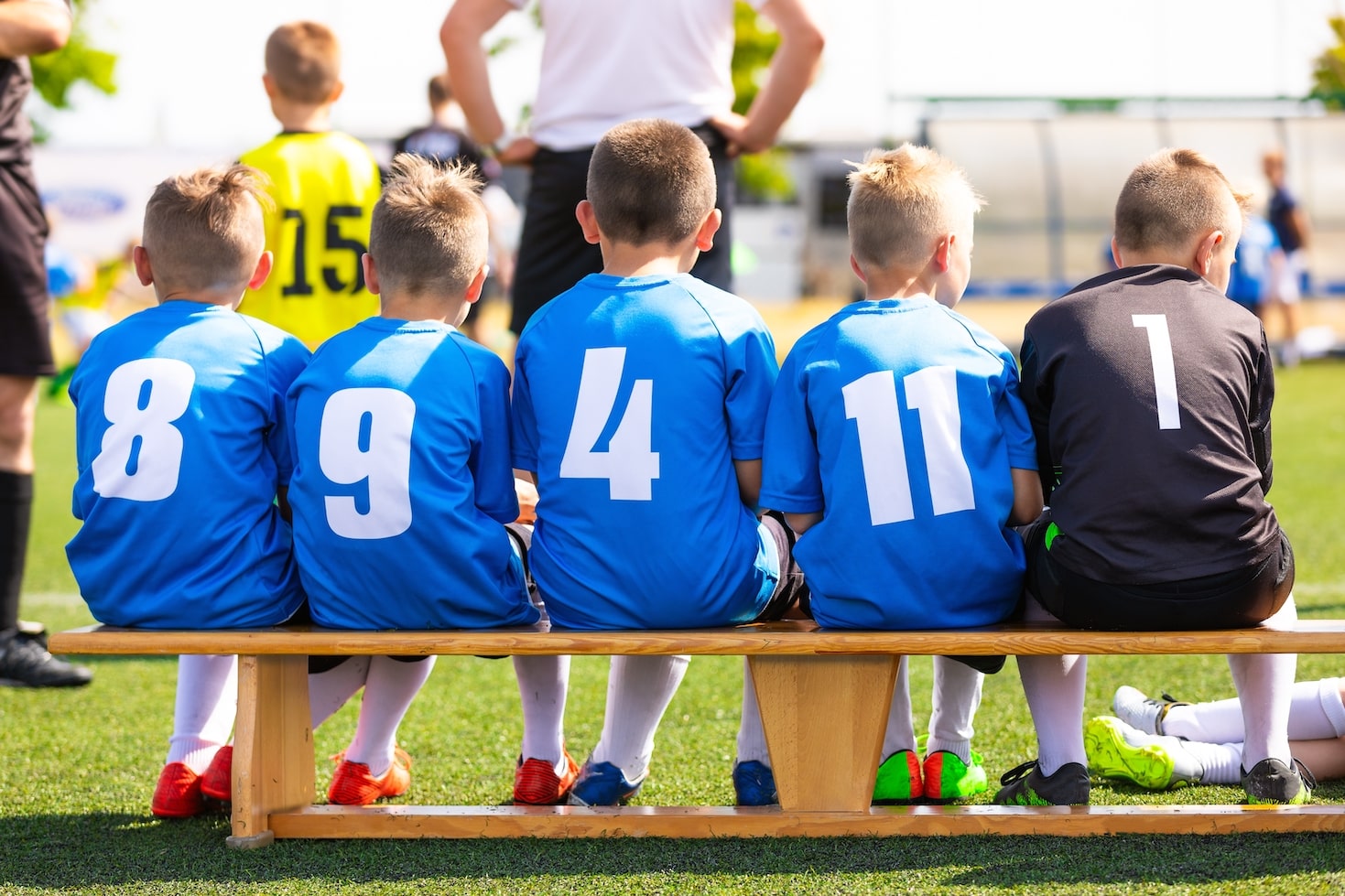
- Keep drills short and high-energy. Change activities every 5–7 minutes.
- Avoid lines or waiting turns. Every kid should have a ball as much as possible.
- Use your voice and energy. If you’re having fun, they will too.
- Be positive and patient. Encourage effort over skill.
- Don’t overcomplicate. Keep instructions simple—demonstrate rather than explain.
Table of Contents
FAQs: Coaching Soccer for 5- and 6-Year-Olds
Q: How long should U6 practices be?
A: 45 minutes is ideal. Any longer and you’ll lose their focus.
Q: How often should they train per week?
A: One to two times a week is perfect. Add a weekend game if possible.
Q: What size ball should U6 players use?
A: Size 3 is best for kids under 6—it’s lightweight and easy to manage.
Q: Do they need positions or tactics yet?
A: No need. Let everyone try everything. Positions come later.
Q: How do I keep kids engaged when they’re distracted?
A: Use imagination, change up the game, or add silly challenges. Keep things fresh and fun.
Final Thoughts
Coaching U6 soccer is one of the most fun and rewarding experiences out there. Yes, it can be chaotic. And yes, some kids will chase butterflies instead of the ball. But that’s part of the magic.
At this age, your job isn’t to create future pros—it’s to spark a lifelong love for the game.
These 7 fun U6 soccer drills are designed to help young players get comfortable with the ball, learn the basics, and most importantly, enjoy their time on the field. When soccer feels like play, kids keep coming back—and that’s where true development begins.
Looking for a full U6 weekly practice plan or printable activity cards? Just let me know, and I’ll be happy to help you build the ultimate toolkit for your little soccer stars!
